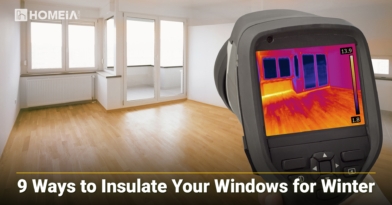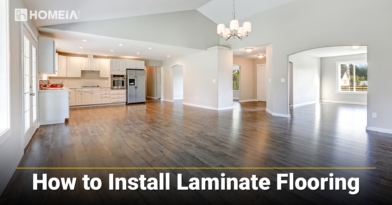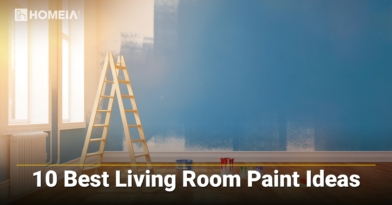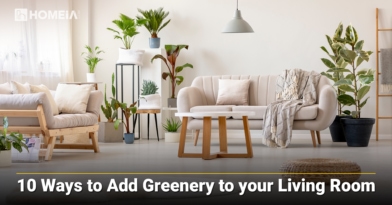Sliding vs. Crank Windows: Which Is Better for Your House?
- Author:by Ecoline Window
- Category: Home Maintenance , Home Improvement
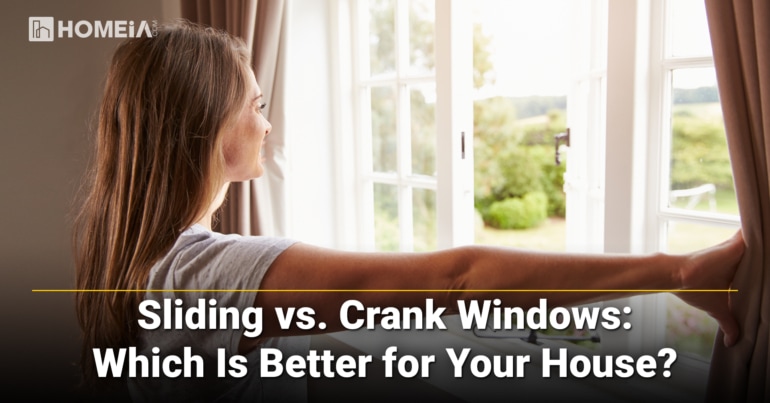
Window replacement is one of the best home improvements you can make in terms of return on investment, energy efficiency and the overall comfort of your house.
The trendiest units on the market today are sliding windows and crank windows. But how do you know which type is best for your house? Which aspects must you consider when replacing windows to ensure the maximum benefit?
Here we will share the top insights about buying and installing the best windows for your next renovation project.
Table of Contents:
- 1. What are sliding windows?
- 2. What are crank windows?
- 3. Sliding vs. Crank Windows: Which type goes where?
- 4. Which window style comes with higher ROI?
- 5. What do you need to consider when buying and installing new windows?
- 6. How Much Does Window Replacement Cost?
- 7. Sliding or Crank Windows: Which to choose?
1. What are sliding windows?
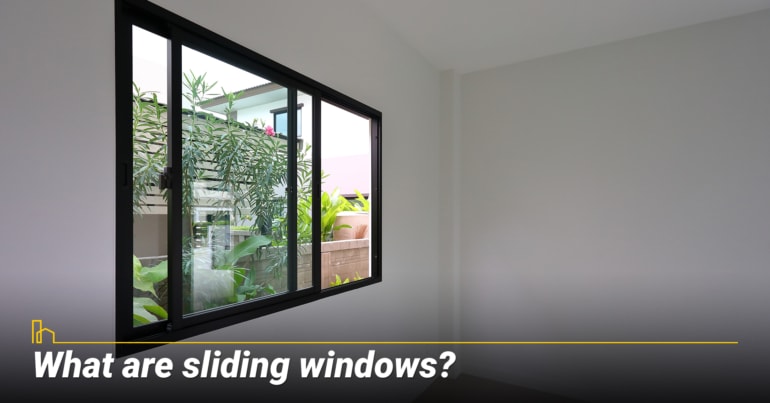
Sliding windows are modern units, mainly installed in houses with contemporary designs, that provide clear, unobstructed views. They feature panels that slide along tracks to open left or right, depending on your preferences and installation type. They can be quite large; unlike windows that open vertically, they are not limited by their weight.
Why sliders? Sliding windows offer the following benefits:
- a) An optimal level of ventilation
- b) Great views outside
- c) Easy operation
- d) Decent energy efficiency
- e) Great aesthetics
- f) A modern appearance
9 Affordable Ways to Insulate Your Windows for Winter
Since we value the natural light, ventilation and outdoor views our windows provide, our best option is not to remove them but to make sure they’re insulated as well as possible. Here’re some techniques you can use to make sure your windows aren’t letting out all the heat your furnace supplies…
2. What are crank windows?

Crank windows have a handle that moves a supporting arm, which opens the window outward. Crank windows include casement windows, which hinge at the side, and awning windows, which hinge at the top and open upward.
Casement and awning windows are traditional window types that can be found in the majority of houses in North America.
Why crank windows? Homeowners appreciate the following benefits:
- a. Maximum energy efficiency: Casement windows perform the best among all operable types of windows due to their fantastic sealing properties.
- b. Versatile design: Usually, installing casement or awning windows does not require any changes to your rough openings, allowing you to preserve and complement your house design and its look.
- c. Comfortable operation. The modern crank mechanism allows for easy opening without much effort.
17 Key Steps to Install Laminate Flooring
It’s durable and beautiful and can work with any décor, but one of the best things about laminate flooring is that many people can install it on their own. If you have a weekend, a little finesse, and a good attitude, you too can install your own laminate floor…
3. Sliding vs. Crank Windows: Which type goes where?
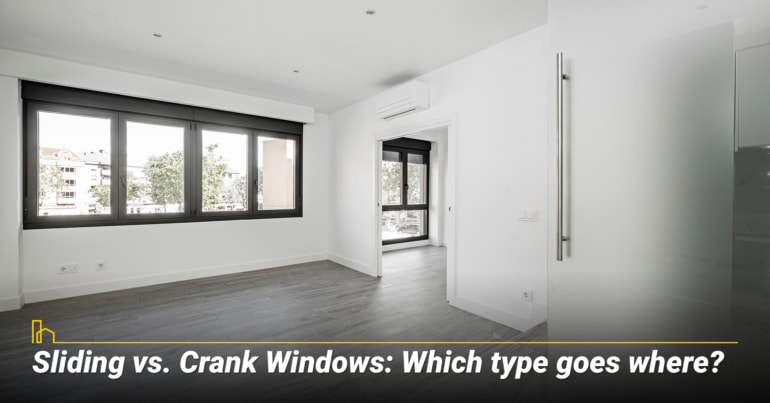
Your window choice depends not only on the price, your personal preferences and the condition of your house, but also on the location for your new window.
- Sliding windows work best for kitchens, first-floor bathrooms, or any hard-to-reach areas. For a modern style, sliding windows may also be installed in living rooms for great views outside.
- Casement windows are more versatile and can be located in pretty much any room within your house. Their versatility makes them a top choice for window replacement among homeowners.
Both types of windows can also be used for egress (exit) purposes when installed in basements or bedrooms, providing additional escape routes in case of an emergency.
Private Water Wells Can Increase Property Value and Decrease Monthly Costs
Water wells can bring forth nostalgic visions of a simple life where one fetched a bucket of water at the pump. While wells have a place in the imagination, they also have a place in the modern world. Simply put, a well is a private water source that can serve as an alternative to a municipal…
4. Which window style comes with higher ROI?
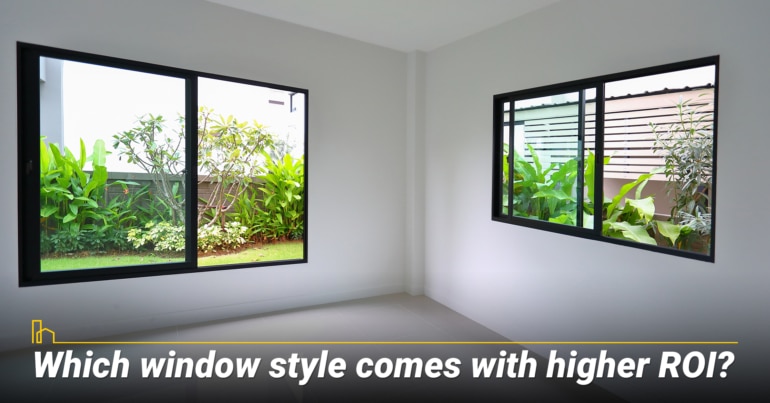
Window replacement is a long-term investment in your house. New high-quality windows can increase the resale value of a home and can also significantly boost the thermal performance of the home, helping you save on energy bills.
Owners can expect to recoup about 66 to 68% of the cost of new windows when selling the home, according to Remodeling Online. This figure can vary depending on the home value, local real estate conditions, window materials, etc.
While sliding windows may have a big aesthetic impact, casement windows’ better energy efficiency may bring a higher return on investment over time. The actual impact on your energy bills and on your home’s value will depend on many factors, from your choice of materials to the climate.
Top 10 Epoxy Resin Home Improvement Projects
Thanks to its ease of use—just combine the two liquids in the correct ratio and mix thoroughly and you’re ready to work—you can use epoxy resin for a variety of applications. Here we’ve gathered 10 ideas to get you started…
5. What do you need to consider when buying and installing new windows?
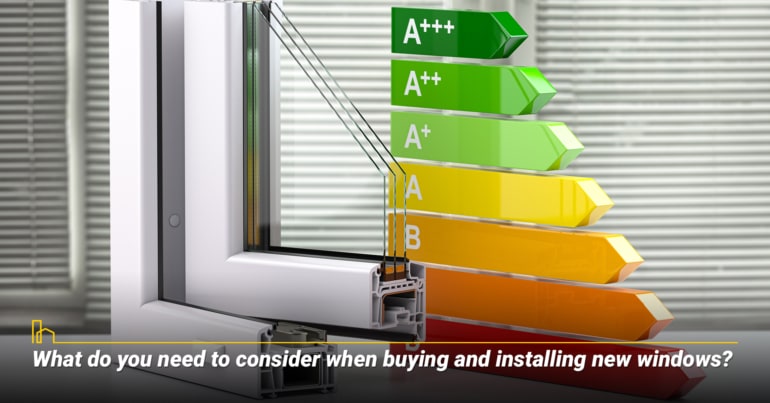
Even though deciding on the right window style for your house is the first step toward successful window replacement projects, there are other factors to consider as well. If you want your windows to be durable, energy-efficient, and save money, make sure you choose windows that are:
- a) Energy Star-rated and NAFS-11 tested. Only buy windows with these labels. Energy Star windows are up to 55% more energy efficient than standard units, while NAFS-11 ensures that products have been successfully tested and approved according to current industry standards.
- b) Double or Triple-Glazed. Long gone are the days of single pane windows. Currently, the standard among window manufacturers is double-glazed windows, and if you live in colder regions, triple-glazed units should be your primary choice. They might cost 15% more than double pane windows, but their energy efficiency is far better.
- c) Guaranteed for at least 25 years.
It is a good idea to buy windows from a company that offers a warranty not only on its products but also on its labor. For example, assume you bought your windows two years ago, but today your glazing is cracked. You call the contractor and ask them to fix the issue, since you still have your product warranty. But while the glazing replacement may be free of charge, you may still need to cover the labor costs, which can be high — especially if unscrupulous contractors pad the charges to cover the material expenses.
How to Install Insulation in Your Home
You’re curled up inside your charming historic home on a winter night when suddenly the air turns cold. It’s a ghost! Actually, it’s just a draft. Heat from inside is leaking to the outside, and the air around you is dropping in temperature. Old houses, and plenty of new ones, tend to be leaky. But there’s something you can do about it: add insulation.
6. How Much Does Window Replacement Cost?

In general, casement windows are more expensive than sliding windows, but various factors can affect the price of your windows:
- a. Energy-efficient packages [type of glazing, Low-E (low emission) coating, etc.]
- b. Custom window fittings
- c. Installation labor
- d. Window size
- e. Hardware
- f. Custom or stock painting
Casement window installation ranges from $600 to $1,400, with a typical cost of around $857, according to Fixr.com. A sliding window, on the other hand, may cost $600 to $1,200, with a typical cost around $725.
The 10 Paint Ideas for Open Living Room and Kitchen
If you’ve been spending more time than usual in your own home lately—and who hasn’t? — you may be itching to refresh your living space with a new coat of paint. Here are 10 paint trends that will help you bring your living room out of the past and into a satisfying future…
7. Sliding or Crank Windows: Which to choose?
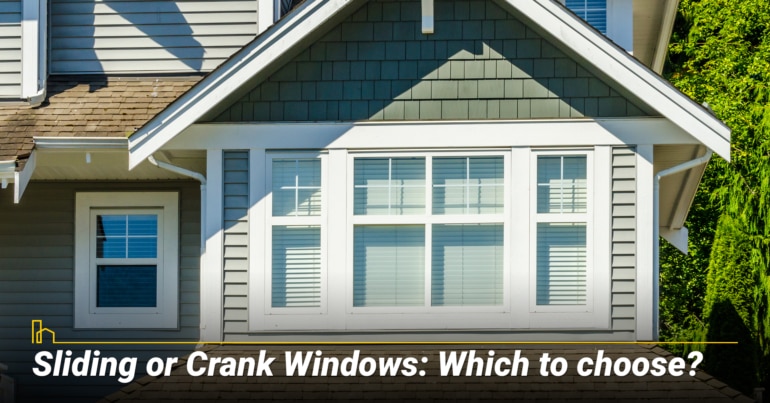
Both units come with exceptional ventilation, convenient operation, and low maintenance.
What’s the difference?
- Sliding windows are units with sashes that slide side to side instead of opening outwards. These models are installed in openings that are wider than they are high, while crank windows fit taller, narrower openings better.
- Crank windows, especially casements, are more space-saving. When it comes to energy efficiency and versatility, casement windows perform better because they open fully and are perfectly sealed when closed.
The Bottom Line:
Choose sliding models if you are after the best ventilation, great views outside, and your house features a modern design. If energy efficiency is your top priority, opt for casement windows.
10 Ways to Add Greenery to your Living Room
Big or small, on their own or in groups, plants are a great way to bring nature into your home. Here we’ve gathered ten fresh, creative ideas for bringing greenery into your living room…

